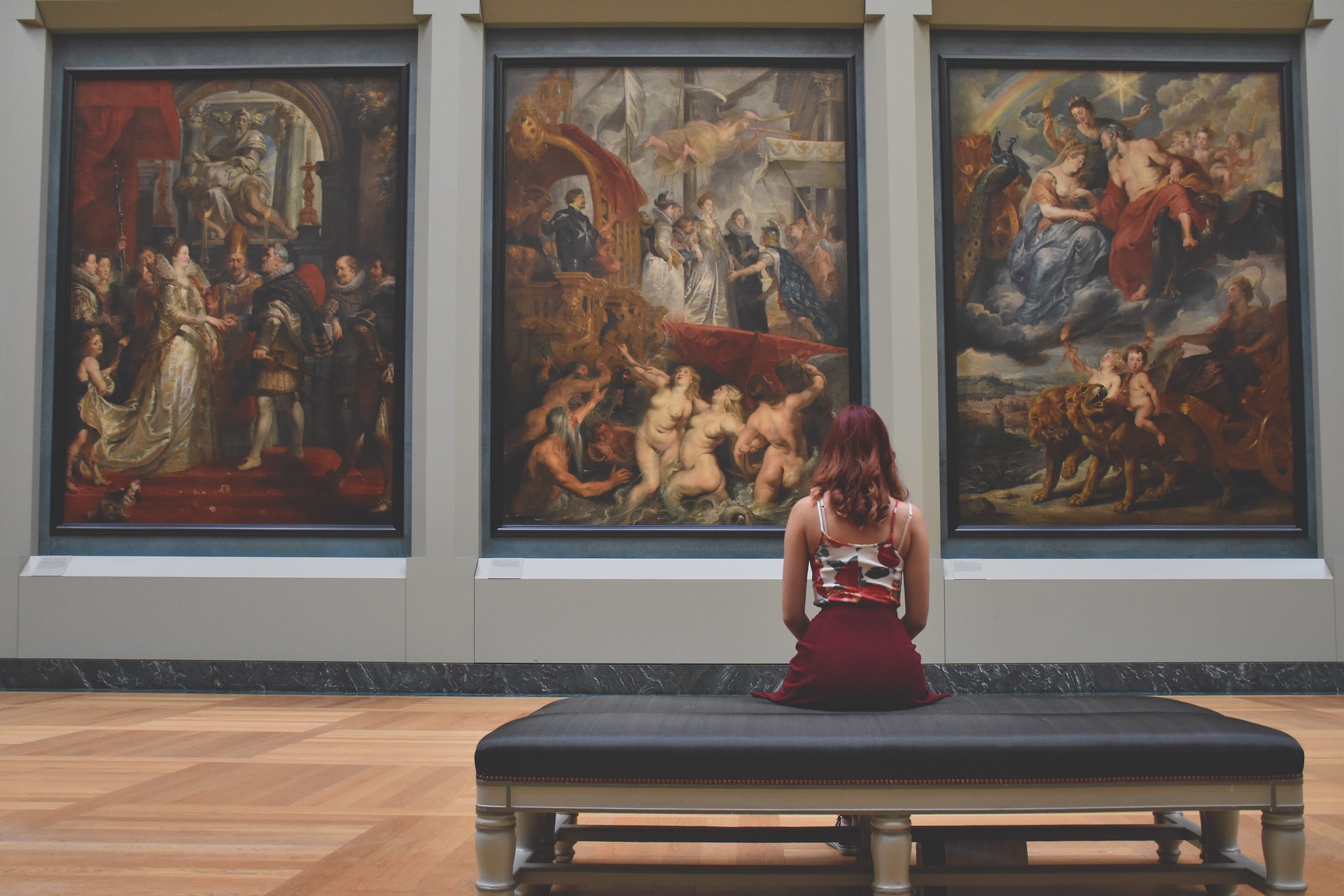The nature of being creative and especially, thus talented as to be able to create masterpieces in different fields of art is still not well-understood even by the most prominent scientists. There are many mysteries regarding our ability to create wonderful artistic artefacts. Another surprising aspect of creativity is willingness to spend an enormous amount of time and other resources on creating something which will absolutely impractical albeit fascinating.
Needless to say, specialists of artificial intelligence are trying to simulate the process of creation using their machine learning techniques. Some of the effects of the work of such neural networks are absolutely mind-blowing, although there are still many tasks which cannot be solved by neural networks when it comes to pure creativity.
Check these non-trivial ways of using neural networks for creating art
Creating music
Obviously, the specialists working with neural networks are particularly interested in finding out the ways of creating new masterpieces. As you might already know, neural networks are using various examples from life to analyse them and create their own outputs based on such information in the way which is not pre-programmed.
Some developers are using neural networks for creating music. Of course, in order to do that they first load various pieces of existing music in order to feed the algorithms of neural networks.
The results of such experiments are promising, however, non-satisfying for the scientists who want to create something new. The problem is neural networks are pretty good in imitating various music styles not only in general but also in the case of particular composers. At the same time, they are not capable of creating anything meaningful on their own.
Transferring the art style of one picture to another picture
Beyond a shadow of a doubt, work with pictures is a particularly large branch of the appliance of neural networks. Photo filters have been available to people for a long time, however, today they have become a way more advanced.
For instance, there is an entire range of programmes for photo editing which is based on the technology of neural networks. Here, you will find such famous programmes as DeepArt, Ostagram and Prisma.
Prisma is packed with hundreds of sophisticated filters of various art styles which can change the appearance of any picture. At the same time, DeepArt and Ostagram have gone even further. You can load your own piece of art and their algorithms will detect the art style of it so that it can be used as a filter for other pictures.
Creating finished pictures in the realistic style out of primitive sketches
If you have a collection of unfinished sketches at home, you can create real masterpieces of them within a couple of minutes using such programmes as the one released by NVIDIA in 2019. The idea of this programme is that it can analyse your sketch and fill it with colour in such an advanced way that it will be difficult to differentiate it from the pictures of real artists.
Your sketch can be very primitive to be able to be processed by the neural network of NVIDIA. The programme can not only make the sketch colourful. It can actually add various items from its database such as rocks, forests, clouds and many others making your picture very detailed. In addition to it, the neural network is capable of detecting the spaces on the picture which require adding shadows, light and even reflections.
Colouring pictures and videos
One more function modern neural networks have when it comes to the work with visual art is recreating the colour on videos and pictures. This function can be pretty useful for editors. Today, there are programmes which can identify the objects on the pictures and videos very efficiently understanding the colours which should be used with them really well.
Writing texts
Certainly, the writing industry can also be affected by the creativity of neural networks, however, just like with all other forms of art, neural networks have a poor understanding of creating their original material.
So far, feeding neural networks with various textual information can help you to create articles, essays, poems and even film scenarios. Yet, all of them will require your editing as in the majority of cases, the output seems to be absolutely senseless even though it might be absolutely correct not only in an orthographic way but also in a stylistic way. It is obvious that neural networks can process tons of information however, the way they are generating new things out of it is very different from the one used by the human brain.
Creating faces of the people who do not exist
Although this process is not necessarily creative as it is also heavily based on the analysis of a large amount of pictures of different real people, yet, the result is impressive. Modern neural networks are very efficient when it comes to understanding the appearance of human faces. They can easily create their own faces after analysing large amounts of visual materials.

